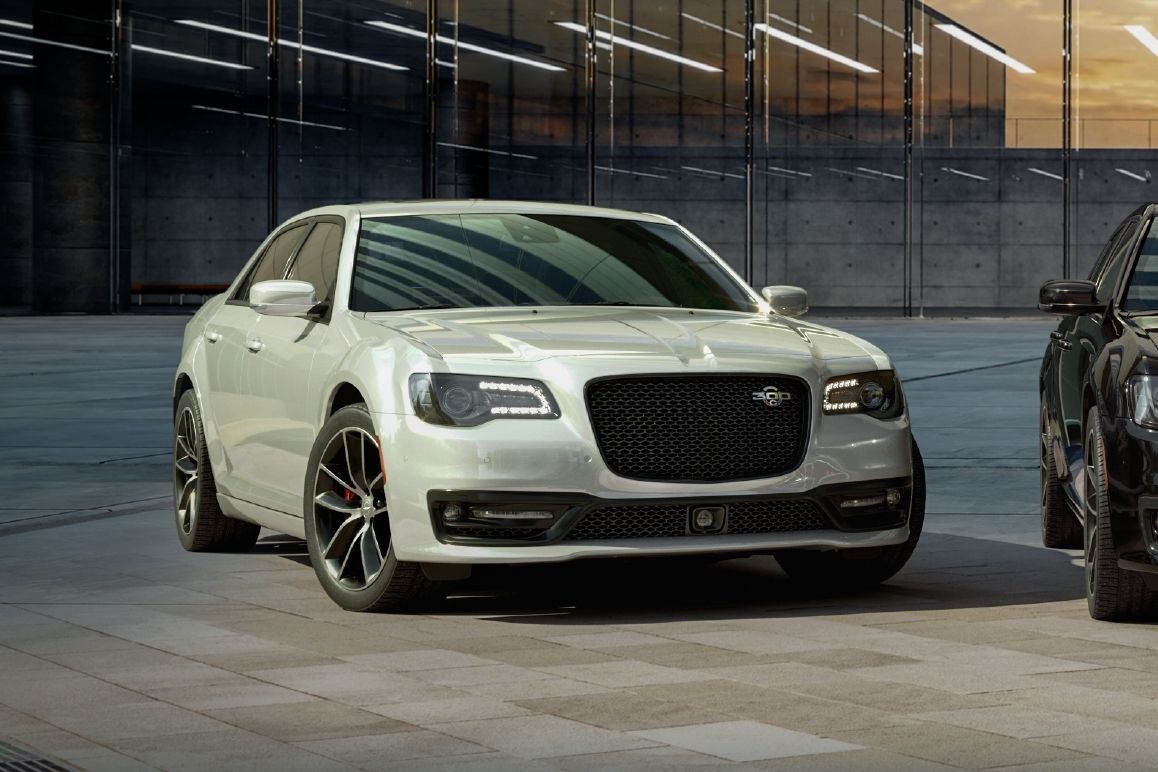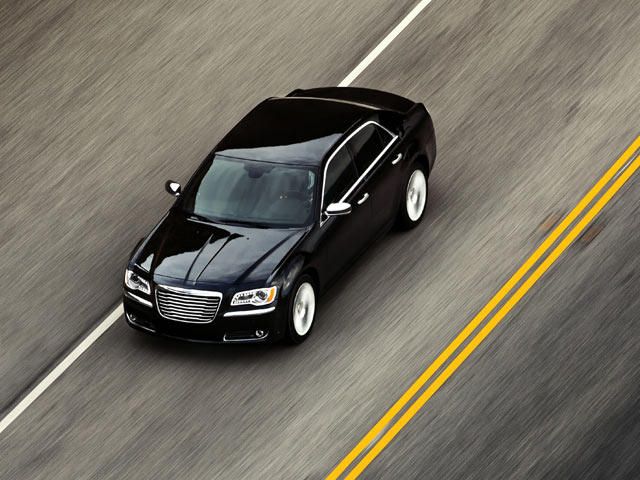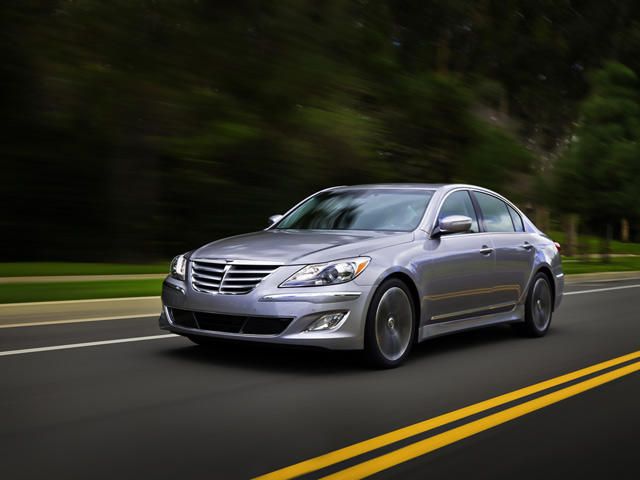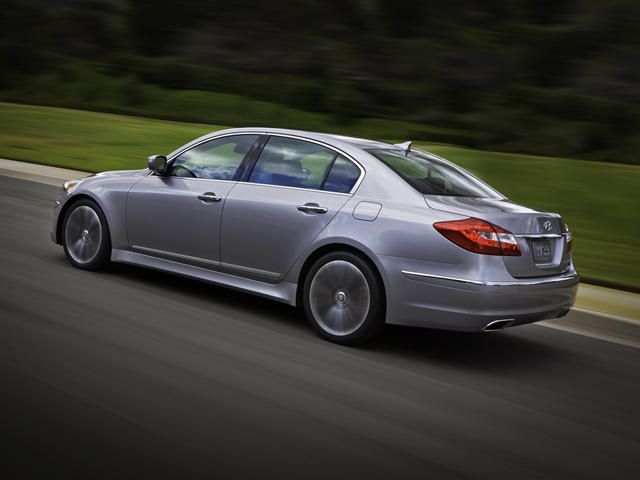
You could go and buy a Toyota Avalon and be done with it. Then again, it's a Toyota Avalon - and it doesn't have a V8 option. Scratch that idea. BMW 5-Series, Mercedes E-Class, and Lexus GS? That'd be nice, but the kids need shoes. So when a V8 is wanted in a large, rear-wheel drive sedan, one doesn't necessarily have to tap into the 401(k) and college funds. And while the typical German and Japanese choices may be off the table, there's still hope, from America and Asia.
The newly redesigned 2011 Chrysler 300C ($38,995 base) and the 2011 Hyundai Genesis ($43,800) are part of an ongoing affordable luxury class of sedans. For the price of a BMW 3-Series, one can opt for something that's bigger, cheaper, and still luxurious (although not equally). And yes, loud and fast V8s are offered. In one corner is the all-American sedan, the Chrysler 300C and its 5.7-liter, 363 hp V8 Hemi. At the opposite end of the ring is the Hyundai Genesis, powered by its 4.6-liter, 385 hp V8. So each contender is big, muscular, and weighs enough to be appropriately placed in the heavyweight class - coming in at over 4,000 lbs each.
With seating for five and trunks that may even fit a golf cart or so, the 300C and Genesis sound very similar on paper. In reality though, they appeal to different types of drivers. How so? Driving characteristics and styling, both inside and out. At first glance, the Genesis bears a striking resemblance to what a love child between an older Mercedes and a Lexus may actually look like. In other words, Hyundai opted for a safer, more conservative design that takes influence from established luxury automakers.
Nothing wrong with that, but taking into consideration Hyundai's "fluidic sculpture" styling theme currently appearing on the new Sonata and Elantra, it would be nice to see the Genesis get a bit of a styling injection for its upcoming mid-life cycle refresh for 2012. By contrast, the 300C has brash, in-your-face looks that are unapologetically American. Continuing the design trend from the first generation model, Chrysler played it safe and stuck with a winning formula by only evolving the design, rather than radically altering it.
The opposite styling spectrums continue inside the cars. Once again, the Chrysler exhibits a simple, yet bold instrument layout. With a large touchscreen in the center, wood trim, and a well laid-out dash, the interior is a very pleasant place to be. Build and material quality is light years ahead of what Chrysler did just a couple years ago. The Genesis's interior, we feel, packs as much quality as the 300C's, if not slightly better. However, it just doesn't make the same statement. Its layout is elegant, simple, and easy to figure out. Still, it's kind of boring.
Both have features expected to be found in cars of this class, such as leather, infotainment/nav screens, and upgraded audio systems. Performance-wise, the 300C is the clear winner. Going from 0 to 60 mph in just 5.5 seconds, the 300C simply feels and sounds better than the Genesis, which takes 5.8 seconds to hit 60 mph. Considering the Genesis weighs about 260 lbs less, has a six-speed automatic (over the 300C's old school five-speed auto gearbox), and has 22 more horsepower, logic suggests the Genesis would take the crown.
And like the bland styling, the Genesis is also boring on the road. The 300C, on the other hand, is quick and precise, with better driver feedback. It's not at, say, the level of a BMW 5-Series, but it's clearly the better driver's car here. Fortunately, each of the car's faults are being addressed for 2012: an eight-speed automatic for both and a mid-life refresh for the Genesis that will include a more powerful 5.0-liter V8. For now, the Chrysler 300C takes the mantle, but the Hyundai Genesis will be back in 2012 with many improvements. A rematch will be in order.
You can take advantage of car specs comparison on our site



